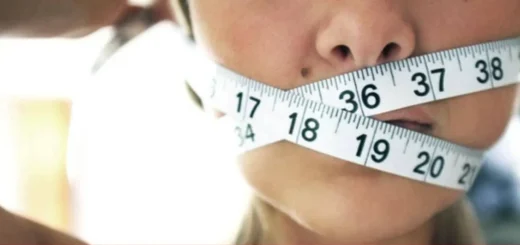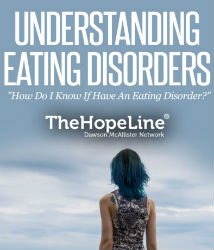What is Anorexia?
Anorexia exists when a person severely cuts down the amount of food they eat. They might experience dramatic weight loss which can be life threatening, while still believing they need to lose more. They may also vomit (but not binge). Anorexia is an eating disorder commonly found in teen girls.
Anorexia is characterised by:
- Weight loss – the person severely restricts food intake and/or undertakes excessive exercise
- Intense fear of becoming fat
- Distorted view of body shape – believing all or parts of the body are fat when they are not
- For girls – loss of periods (or irregular periods or delayed menarche – first period)
How much weight does the person have to lose for it to be serious?
This will depend on the individual. If the person is young, it may be that they don’t actually lose a lot of weight but they fail to grow and develop. For most females when their periods stop or become irregular it is a good sign their body is underweight and a sign that the body is slowing down or preventing non-life sustaining functions. An individual is seriously underweight if they weigh less than 85% of what is considered normal for their age and height or if their BMI is under 18 (BMI = weight (kg) divided by height (m²)). It is also important to consider the body build and weight history of the individual in determining whether they are underweight.
Intense fear of become fat:
Just as some people have an irrational fear of spiders and will go to great lengths to avoid them, it is similar for someone with anorexia in regards to food. Often just talking about what they should be eating can become very painful and upsetting. The avoidance of food and of eating is because of this intense fear (however due to being so hungry they will also often become very obsessed with food and of feeding others).
Distorted view of body shape:
For many people with anorexia they will not have an accurate view of their body and believe themselves to be fat when they are in fact underweight. This distorted view of their bodies may apply to the whole body or just specific parts, eg, the stomach, thighs and bottom. Very few people recover from anorexia without some sort of help. The person will need to learn how to eat normally again and undergo therapy to sort out their thoughts and feelings around food and their body.
References:
American Psychiatric Association. (1994). Diagnostic and Statistical Manual of Mental Disorders (4th Ed.) United States of America: American Psychiatric Association.









Recent Comments